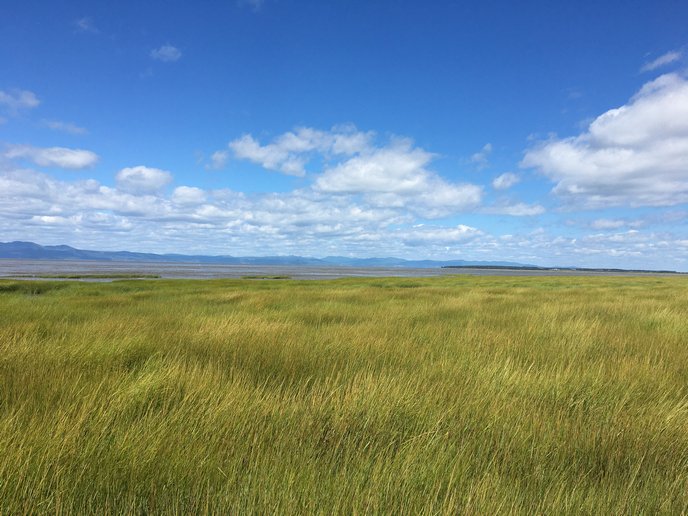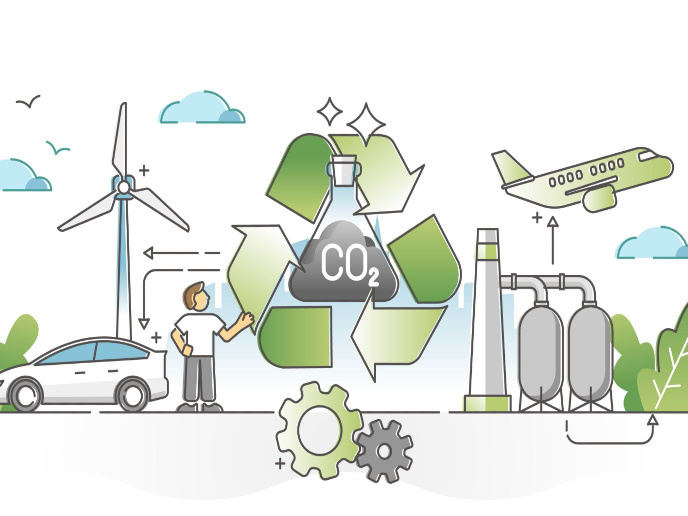Salt marshes and the drivers of future global climate change
Salt marshes are important ecosystems providing crucial ecosystem services, including carbon sequestration, blue carbon(opens in new window) and improving water quality. Despite their known value, salt marshes face pressures from many global change drivers, such as sea level rise, rising temperatures and increasing reactive nitrogen (Nr). The EU-funded MarshFlux(opens in new window) project, with the support of the Marie Skłodowska-Curie Actions programme, aimed to address fundamental gaps in understanding of how the global cooling potential of coastal marshes will be affected by responses of biogeochemical reaction rates and greenhouse gas (GHG) fluxes to global change. “We did this through a series of in situ and laboratory experiments,” outlines Sophie Comer-Warner, project coordinator.
Key considerations: gaps in knowledge
“As we begin to consider salt marshes in national GHG inventories and the use of blue carbon to offset emissions, we need to fully understand the carbon budgets of these ecosystems and how these might change under global environmental change in the future,” notes Comer-Warner. Emissions of GHGs – methane (CH4) and nitrous oxide (N2O) – may partially offset some of the stored carbon value, and therefore, these reactions are particularly important to understand. “Additionally, the continuing ability of these coastal wetlands to filter nitrogen pollution and protect coastal zones is key, and how this capacity might change in the future needs to be fully understood,” adds Comer-Warner. This research is critical for effective management of coastal wetlands to maintain their blue carbon value under future global change.
Greenhouse gas fluxes and salt marshes
The project measured CH4 fluxes in four elevation zones of a salt marsh in Quebec, Canada, with high emissions from only one elevation zone – Sporobolus alterniflorus(opens in new window), formerly known as Spartina alterniflora. “This shows high variability of GHG fluxes within salt marshes, which must be thoroughly characterised to assess blue carbon value, and that sea level rise may convert elevation zones from low- to high-emitting or high- to low-emitting zones, therefore, with large implications for the GHG budget of a salt marsh,” reports Comer-Warner. MarshFlux also compared responses(opens in new window) of N2O fluxes and rates of denitrification to increased temperature and Nr loading across two vegetation types in salt marshes in Quebec, Canada and Louisiana, in the United States. “We found that potential N2O fluxes increased from minor sinks to major sources following elevated treatments across all marsh sites. We also found differences between the salt marshes in Quebec and Louisiana and between the vegetation types. This again indicated large variations in ecosystem services between elevation zones within a salt marsh and between salt marshes in different climatic regions,” confirms Comer-Warner. Infrequent pulses in temperature and/or Nr may have large implications for salt marshes to function as a sink for GHGs, and salt marshes may have reduced climate impact mitigation capacity under future global change scenarios. Denitrification rates decreased in Quebec under future global change, indicating lower capacity to remove nitrogen as pollution increases alongside temperature. “Further work is now planned on manipulating drivers in situ or in mesocosm experiments to provide information on the effects of global change drivers on biogeochemical reaction rates under more realistic conditions. Additionally, whether observed differences in CH4 fluxes between elevation zones is due to plant-mediated production, transport, or a combination of both should be further explored,” concludes Comer-Warner.







